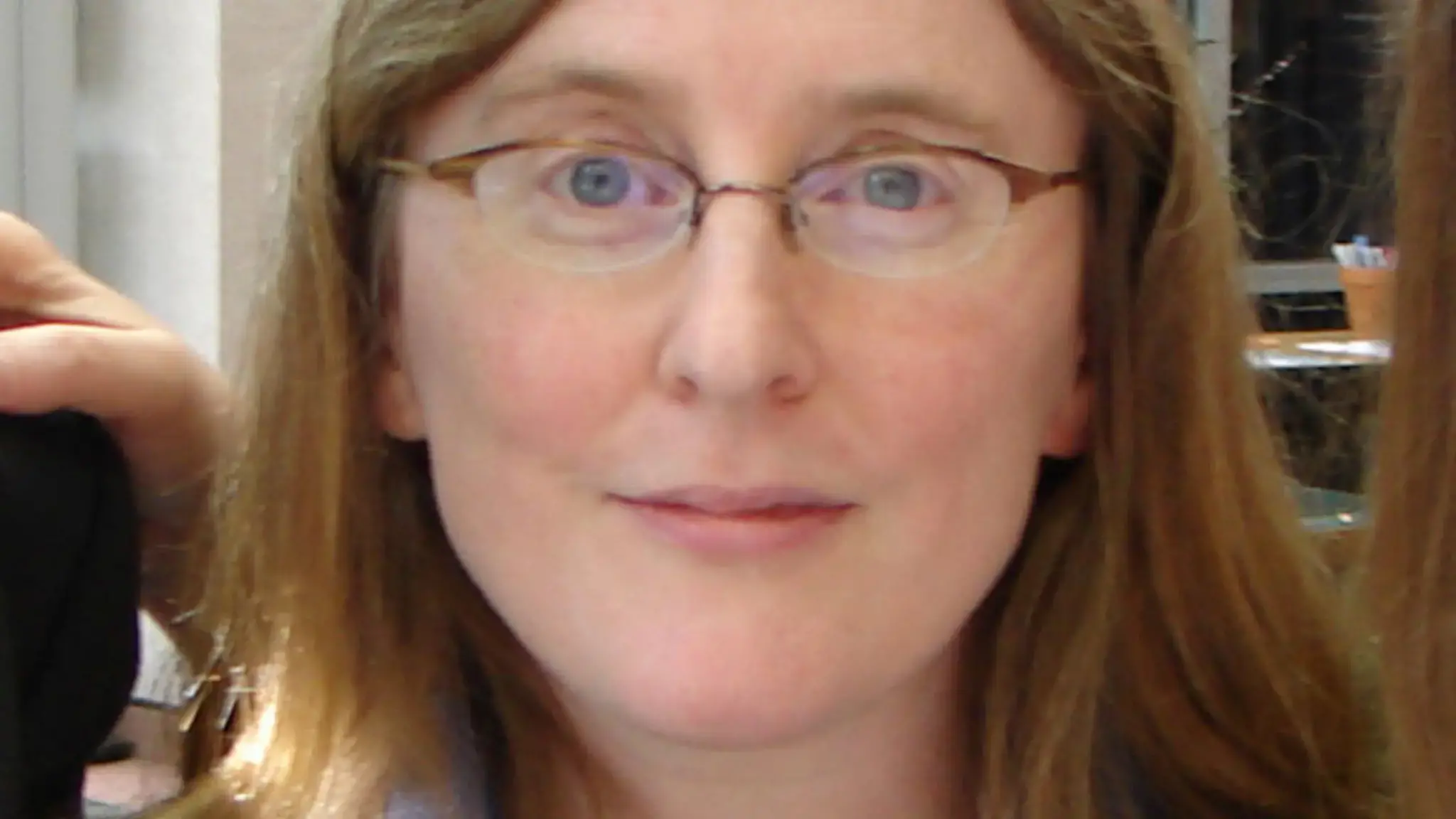

This is the eighth entry in Act I of Push Me, Pull You, the Center’s series on (co-)authorship. For a full list of posts in this series, visit the main Push Me, Pull You page.
The Center’s Pew Fellowships program has supported folk and traditional artists since 1994. However, folk and traditional arts can sometimes be left in the shadows at other prestigious arts and culture institutions. In her post below, Dorothy Noyes, director of the Center for Folklore Studies at Ohio State University, argues that this penumbra is a function of elitism brought about by economic stratification. She also shines light on many issues of authorship within folk practices, exploring notions of conservatism vs. freedom of expression; the purposes of cultural activity for practitioners as well as perceptions of authorship by “outsiders.”
Living with Other People: Folklore and Agency
Does folklore have authors? This old debate still goes on among a few literary scholars who refuse to believe that complex aesthetic forms can be created by poor people: they posit individual educated creators whose written tales or songs then trickle down to the oral tradition of peasants and artisans. More often, modern western thinkers tend to romanticize folklore as “collective” creativity, emerging organically from premodern communities that share an inherited national worldview (the right-wing version) or are not yet fragmented by capitalism (the left-wing version). And today’s digital creatives often speak of “new folk communities” emerging online among enthusiasts who find one another in order to cultivate art forms, perfect technologies, practice devotions, or curate heritages. There are germs of truth in all of these formulations, but all distort what we see on the ground.
Reusing, recycling, and repurposing offer better shorthand for understanding the creativity of ordinary people and everyday life. Of course all culture is made out of earlier culture, even such intentional ruptures as the choreography of Cunningham or the anti-novels of Robbe-Grillet. But the sort of culture that gets called folklore is especially “traditional” in this sense of adapting a shared past to the shared needs of the present. What gets called folklore? Almost everything that is not the codified product of modern institutions and “art worlds” and yet is conspicuous enough as a recurrent shaped performance (artistic, religious, political, economic) to get itself noticed. Folklore lives at the periphery, in the interstices, under the radar, or atop the ruins.
Folklore’s conservatism in practices is not necessarily allied to conservatism in values. Rather, it reflects humanity’s long history of accommodating to economic scarcity and political constraint. If it ain’t broke, don’t fix it. Don’t make waves if you don’t have to. It takes all kinds to make a world. No one who lives in a small community in a resource-scarce society will tell you about its one-hearted identity and deep attachment to its past—unless of course you’re a tourist. Among themselves they complain of repression from above, competition and envy from the neighbors. Resentments simmer; suspicion and self-protection are prudent. In such places, people nevertheless recognize that they have to live together. They work out forms in common that allow them to interact without getting violently into one another’s way. Today, to be sure, they may be nostalgic for those now-eroded forms, which recall a world over which they had at least some leverage.
The challenges of social coexistence not only shape folklore genres as form, but furnish much of their subject matter. Epic poems rehearse the unresolved conflicts at the foundations of a society. Fairy tales teach the young how to make the best use of their capital as they compete for scarce opportunities. Festivals bring everyday opponents into a common space and make them dance together. These genres took shape over centuries through the incremental revisions of thousands of people, negotiating with their neighbors in the interactions of communal performance. The forms carry the traces of those arguments and compromises. They are constructed to be flexible, reworkable, sharable among people for whom love is a luxury. They were born not in communities of choice but communities of necessity.
The liberal ideal celebrated in the American public sphere posits that freedom and choice should govern the whole of our lives. This ideal, natural to many of us who grew up with it, is plain bizarre for most of the world’s people for most of history. (For that matter, it looks pretty bizarre in today’s America.) In communities of necessity, people cultivate the arts in order to claim a limited space for the exercise of freedom and choice, play and power. Through traditional forms, individuals assume a voice they know will be recognized. They compete for reputation, indulge in fantasy and technical mastery, persuade and compel those around them, reflect on the present and imagine possible futures. In the company of their allies and rivals, their oppressors and their children, they use what is there to go forward. Rather than authorship, we can more usefully think of this as agency.